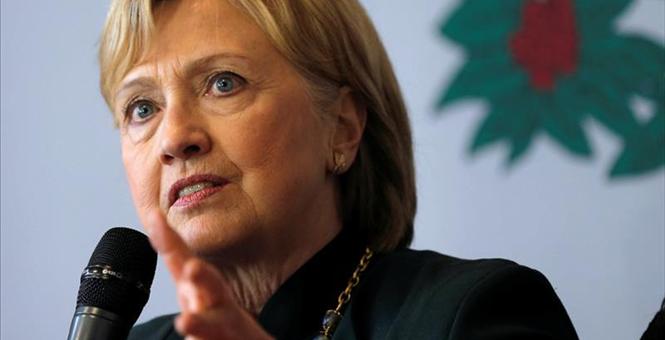The Order
By Steven Rasberry
TownHall.com
As I sat down next to the prior Tactical
Operations Center (TOC) Battle Captain for the first
time as his replacement, he drank a Ripit and made
scratch marks in the plywood desktop with the tip of
a 7.62 bullet.
He first asked how I was doing after my long journey
and started to explain my job responsibilities.
Slowly looking down, he lowered the tone of his
voice and informed me that if we do not follow the
TOC procedures, Rules of Engagement (ROE), we could
all end up in Leavenworth. If we made mistakes and
lives were lost, we could be convicted of
manslaughter or even murder.
This got my mind right as I started my new position
as a 1st Lieutenant TOC Battle Captain in
Afghanistan in 2012.
A TOC is the coordination hub for intelligence,
tactical, response and logistical operations and
reporting.
The TOC team is made up of an Officer (Battle
Captain), a Non-Commissioned Officer (Battle NCO)
and a team of soldiers and airmen that live, breath,
and eat combat operations around the clock. To say a
combat TOC is a pressure cooker would be an
understatement.
Daily activity reports consisted of everything
ranging from logistics, to the type and number of
IEDs found during an Afghan road construction
project. The more significant events, such as an
enemy attack, were termed, SIGACTS. These SIGACTS
were the most detailed of all the reports because
any one of us could be held accountable if we
incorrectly responded to them. Additionally, a TOC
is required to know all support assets that are
available to conduct rapid response, and if there
are no assets, a backup plan needs to be in place
because failure is never an option.
Higher command was so dependent upon these reports
that I once received a direct message to me from a
general asking where my report was for his bedtime
reading. He wasn’t going to sleep until he got it.
All U.S. military and embassy TOCs are trained to
operate at the highest levels of professionalism,
have their own standard operating procedures, a
chain of Command and laws/regulations to strictly
abide by.
U.S. embassy TOCs are operated under the secretary
of state, which reports to the president, along with
the Bureau of Diplomatic Security, followed by The
Regional Security Office, a Defensive Systems
Commander, and/or the Facility Security Commander, a
Tactical Operations Center Team Leader, which is
equivalent to the Battle Captain position in an Army
TOC.
With all this in mind, I watched the Benghazi
hearing with special interest. I thought the
questioning would reference the embassy TOC reports
as they responded to the requests for help during
the four hour attack. But at some point, someone had
to order the TOC to not respond or initiate backup
support forces.
Then Secretary of State Hillary Clinton said there
were no support assets available. This information
has been shown to be incorrect by the
judicialwatch.org January 12, 2014 report and map
provided by Retired Air Force Lt. Col. Randel R.
Schmidt, which identified the numerous Naval asset
locations within the Gulf and support range on the
date of the attack.
Additionally, CIA contractors state they were
commanded to “stand down” and the fact that the TOC
also didn’t initiate any plans supports their
contested statement.
This makes me wonder, who has the power to tell an
entire chain of command and TOC staff to stop and
not save American lives and go against their sworn
mission and duty?
I was one of many U.S. Army 1LT Battle Captains in
Afghanistan. All of us were told at times "no assets
are available" in our area. In one such case, I
simply referred to my TOC Air Force JTAC and made a
priority request for outside support.
The F-16 flew from the Gulf to Kandahar and dropped
a laser guided bomb onto IED emplacers before they
completed what they were doing.
If an Army Lieutenant and Air Force Sergeant did
it, why couldn’t they help our American brothers in
Benghazi?


